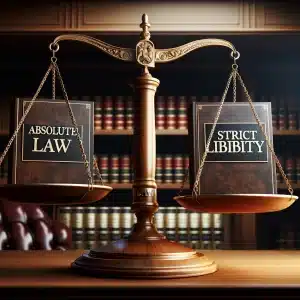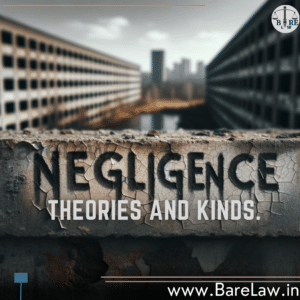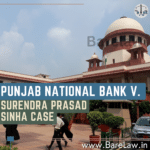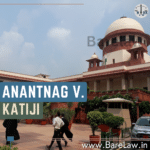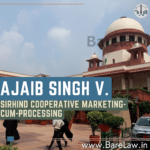
CITATION- (1410) Y.B. 11 hen. IV of 47.
Introduction
The case revolves around the principle of injuria sine damnum and damnum sine injuria. Both the concepts state different theories and reasoning. The case is necessary for the law of torts as it specifies some of the conditions necessary to hold a person guilty. Also, it makes the concept of injuria sine damnum clearer. The parties, in this case, are a school and a person who was a teacher in the mentioned school.
Facts– the plaintiff in the case is a school that was set up a long time ago and was much known for its education system. The defendant was a teacher in the plaintiff’s school. However, after some time, due to some disputes, the defendant left the plaintiff’s school. After leaving the job in the plaintiff school. The defendant has set up his school, that too next to the plaintiff school. The defendant had the advantage of being known among the students for his teaching skills. Due to this reason, many of the students from the plaintiff school took admission to the defendant’s school. This caused a loss to the reputation as well as income of the plaintiff school. Also, the new school charged lesser fees from the students. However, the fees of Gloucester grammar school were 40 pence. Due to the action of the defendants’ school, the plaintiff had to reduce the fees of the school too. Aggrieved by various cations of the defendant, the plaintiff filed a suit for suing the defendant and for recovery of damages.
Issues Raised:
- Can the defendant be held liable for loss of the loss suffered by the establishment of a new school?
- Has any of the legal rights of the plaintiff been damaged? Does this count in the doctrine of damnum sine injuria?
Doctrines Stated:
- Damnum sine Injuria- this states that the damage has been done but no legal injury has been suffered. This is used in some of the cases as a defense because legal wrong is given more importance. Therefore. No legal wrong serves as a defense to the damages caused.
- Injuria sine Damnum- this states that legal injury has been caused but no damage is done. This is usually punishable as it infringes a legal right that is punishable in law. This does not serve as a defense mostly.
Contention of Plaintiff
The plaintiff, in this case, contends that the school was set up by the defendant to cause loss to the plaintiff. The aim was to set the school as illegal and malafide. This leads to the damage to the plaintiff’s reputation and defames the school by keeping lesser fees. The defendant is liable for paying the damages suffered by the plaintiff school due to a reduction in fees and admission. The defendant must have opened the school in some other location and not near the plaintiff’s school. This has affected the school’s functioning rigorously.
Contention of Defendant
The defendant contended that the school was not set up with any malafide intention and no such damage has been caused to the plaintiff. Also, in this situation the doctrine of damnum sine injuria will apply as no legal right of the plaintiff has been infringed which states that no illegal activity has been taken by the defendant. The setting up of school was for the personal motive of the defendant as he had no other income source after leaving his job in the plaintiff school.
Judgment
In this case, it was held that the defendant is not liable for paying any damages to the plaintiff. As the damages that have been caused to the plaintiff school have not infringed any of the legal rights. Also, it was stated that the case enshrines the doctrine of damnum sine injuria. It was necessary to do so because there was no violation of any of the legal rights of the plaintiff school that has been infringed. The right to choose a profession stands here as it was the choice of the defendant that where and how he wants to start his school. No damage has been done to the property of the plaintiff school.
Reasoning
The judgment is based on the doctrine damnum sine injuria. The judgment has been purely based on the concept that the person who has not suffered any legal wrong is not entitled to damage. As in some cases, the compensation on an unnecessary basis is taken. However, in some instances, this doctrine also proves to be wrong as due to this many of the actual culprits are not punished and this causes loss to innocent people. With time, concepts of laws are also changing and new concepts are being adopted as per the need. For applying this principle, it is necessary to look after several other aspects before deciding a case. The background, scenario, and motive are necessary to be considered before holding a person free or guilty.

